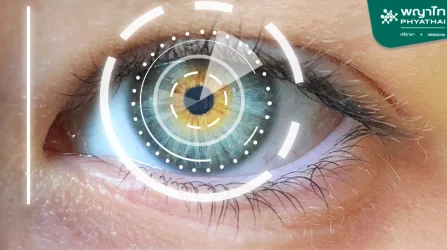Coronary artery disease is a common yet potentially life-threatening condition. When the arteries supplying blood and oxygen to the heart muscle become narrowed or blocked, it can lead to chest pain (angina) and may result in a heart attack (myocardial infarction).
For further information or Booking..
Balloon angioplasty and coronary stent placement are highly effective medical procedures used to treat narrowed coronary arteries. These minimally invasive interventions can significantly improve blood flow to the heart and help patients recover faster compared to open-heart surgery.
Who Should Consider This Treatment?
- Individuals with Symptoms:
-
- Chest pain or tightness, especially during physical exertion or emotional stress
- Shortness of breath during activity
- Decreased exercise tolerance
- Unexplained fatigue or episodes of dizziness
- Abnormal Diagnostic Findings:
- Coronary angiography showing more than 70% arterial stenosis
Abnormal results from CT Coronary Angiography, Cardiac MRI, or Exercise Stress Test (EST)
- Emergency Conditions:
-
- Acute myocardial infarction (heart attack)
- Severe narrowing in critical areas of the coronary arteries
Benefits of Balloon Angioplasty
- Rapid relief of chest pain
- Reduced risk of acute heart attack
- Minimally invasive procedure without the need for open-heart surgery
- Short procedure time: approximately 30–90 minutes
Coronary Stents
A coronary stent is a small, mesh-like tube made of metal or a special polymer. It is designed to help keep the artery open after balloon angioplasty, preventing it from narrowing again.
When Is a Stent Needed?
- The artery remains partially narrowed after balloon inflation
- There is a high risk of re-narrowing (restenosis)
- Long-term effectiveness is desired
Types of Stents:
- Drug-Eluting Stents (DES): Coated with medication that is gradually released to prevent tissue growth and reduce the risk of restenosis. These are more effective than bare-metal stents.
Steps of Stent Placement:
- Stent Preparation: The stent is mounted on a deflated balloon at the tip of a catheter.
- Guidance to the Site: The stent is guided through the artery using a catheter.
- Balloon Inflation: The balloon is inflated, expanding the stent to fit the artery wall.
- Balloon Removal: The balloon is deflated and removed, leaving the stent permanently in place.
Procedure: Balloon Angioplasty
-
- Preparation: Local anesthesia is administered. The skin is cleaned, and monitoring devices are attached.
- Catheter Insertion: A thin, flexible catheter with a tiny balloon at the tip is inserted through the radial artery (wrist) or femoral artery (groin).
- Imaging Guidance: Contrast dye is used to visualize the arteries under X-ray imaging.
- Balloon Inflation: The balloon is inflated at the site of the blockage, compressing the fatty deposits (plaque) against the artery walls to restore blood flow.
Before the Procedure:
-
- Fast (no food or drink) for at least 6–8 hours
- Inform your doctor about any current medications, especially blood thinners
- Stop smoking at least 24 hours before the procedure
Post-Procedure Care:
-
- Take prescribed antiplatelet medications, lipid-lowering drugs, and blood pressure medications regularly. Do not discontinue medication without medical advice.
- Adopt a healthy lifestyle: quit smoking, avoid secondhand smoke, reduce intake of fatty, salty, and sugary foods
Attend regular follow-up appointments as recommended
If you are experiencing symptoms related to heart disease, please consult with a specialist for an accurate diagnosis and appropriate treatment.



















